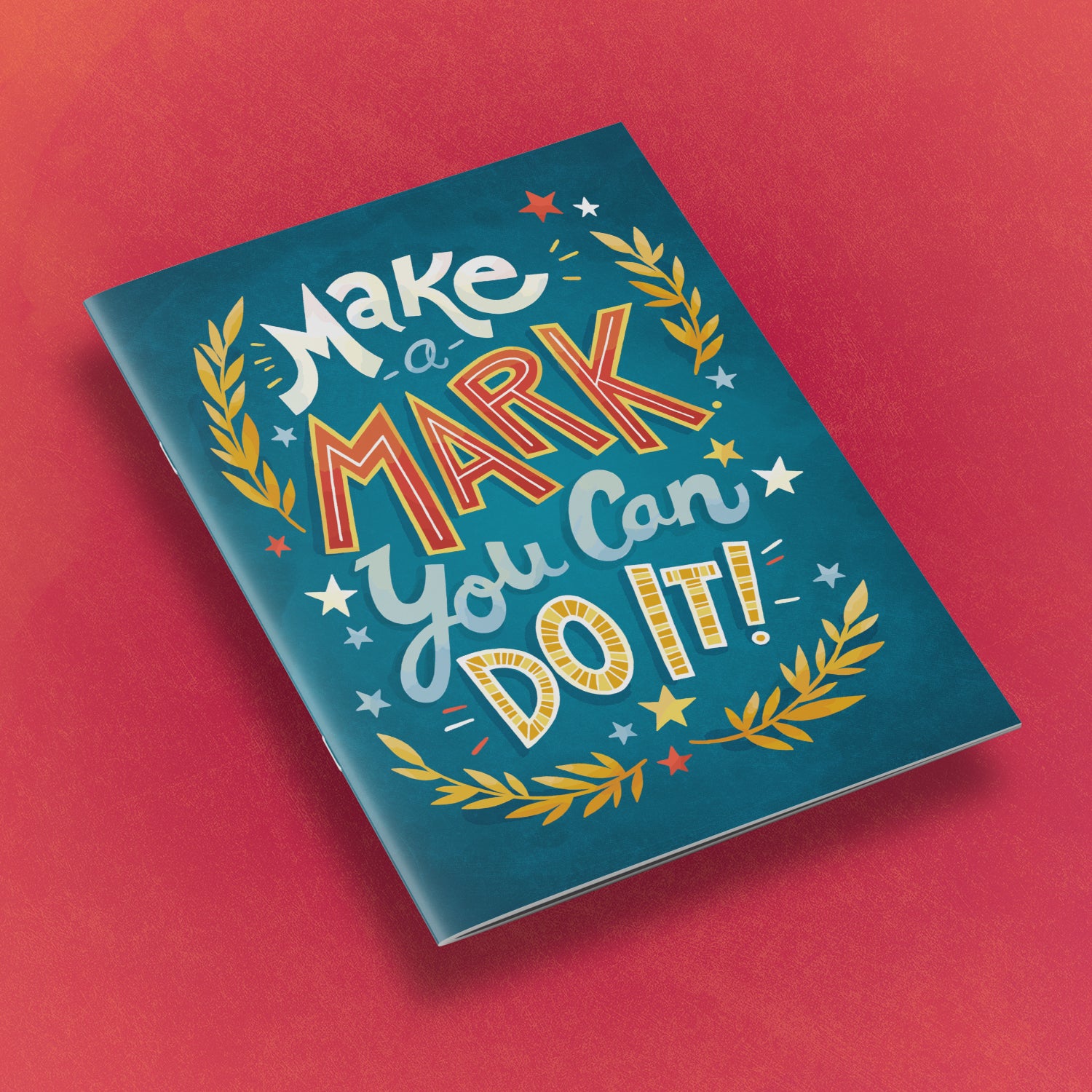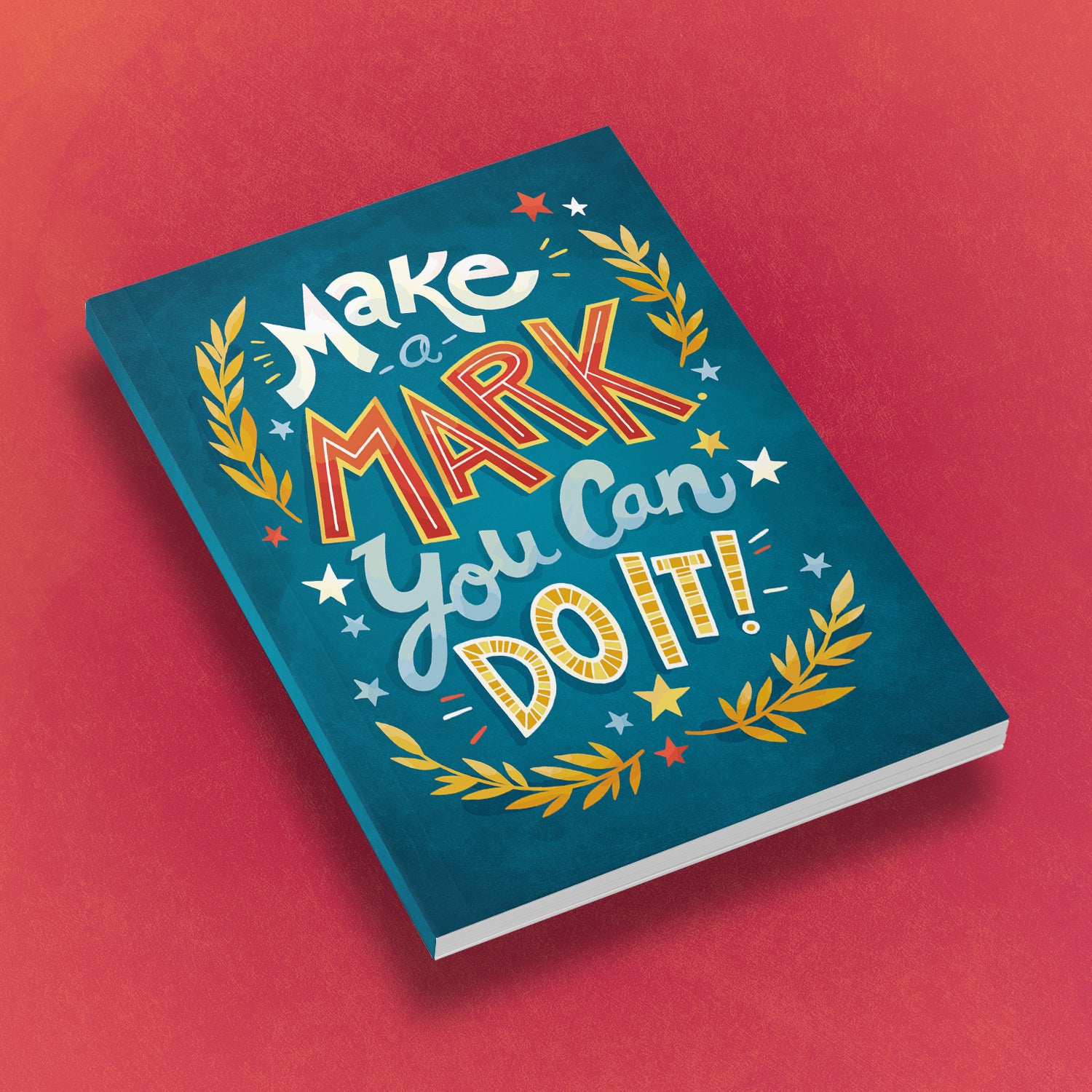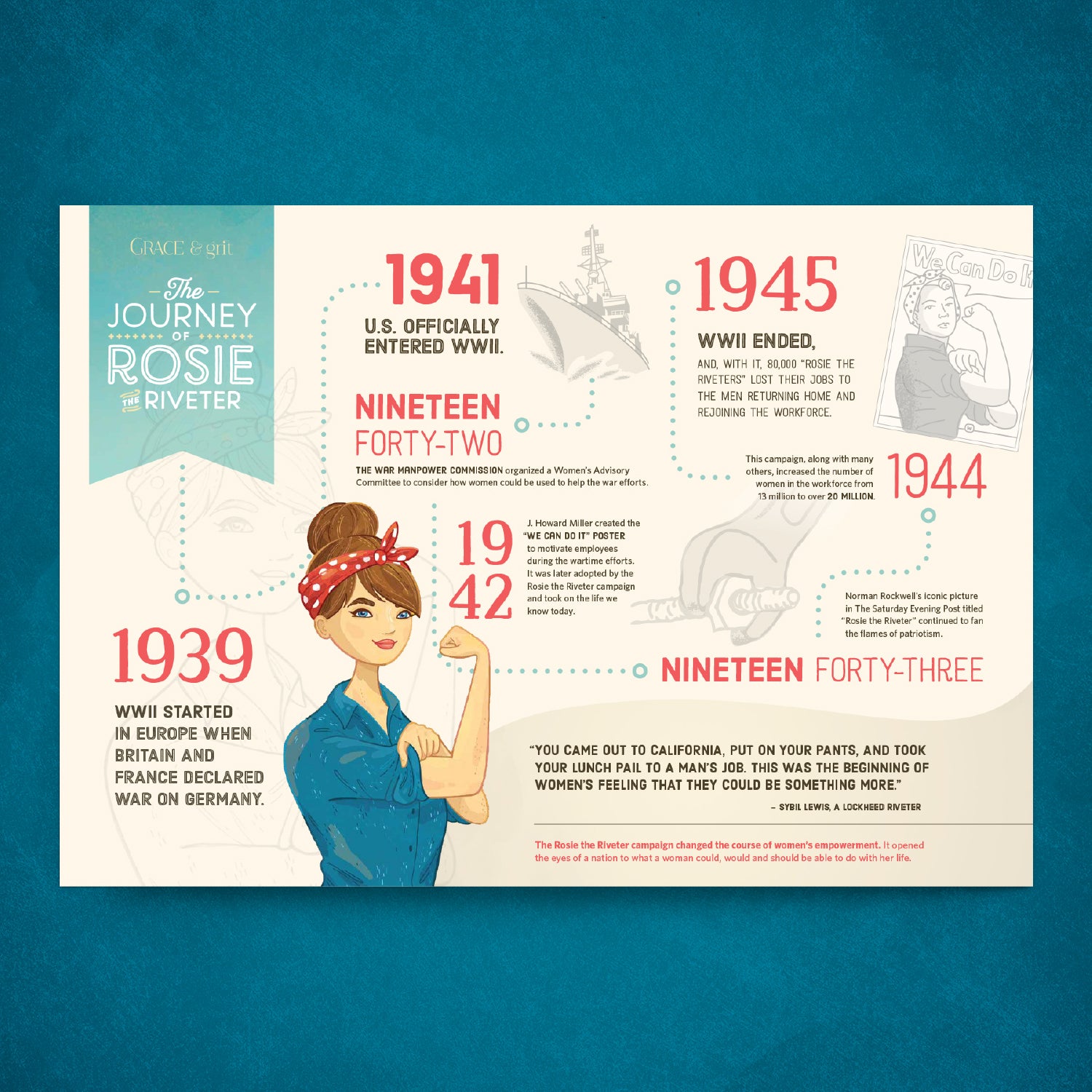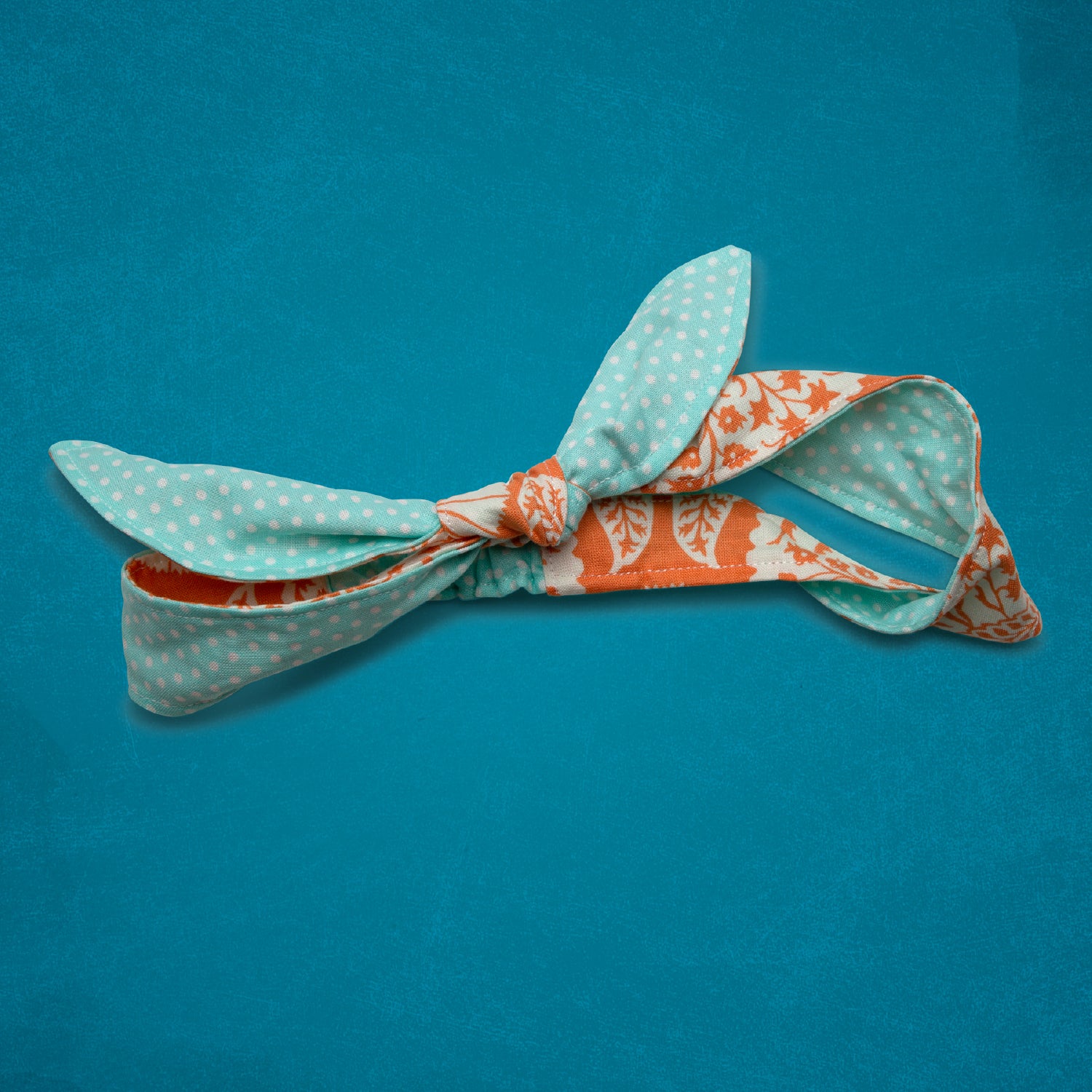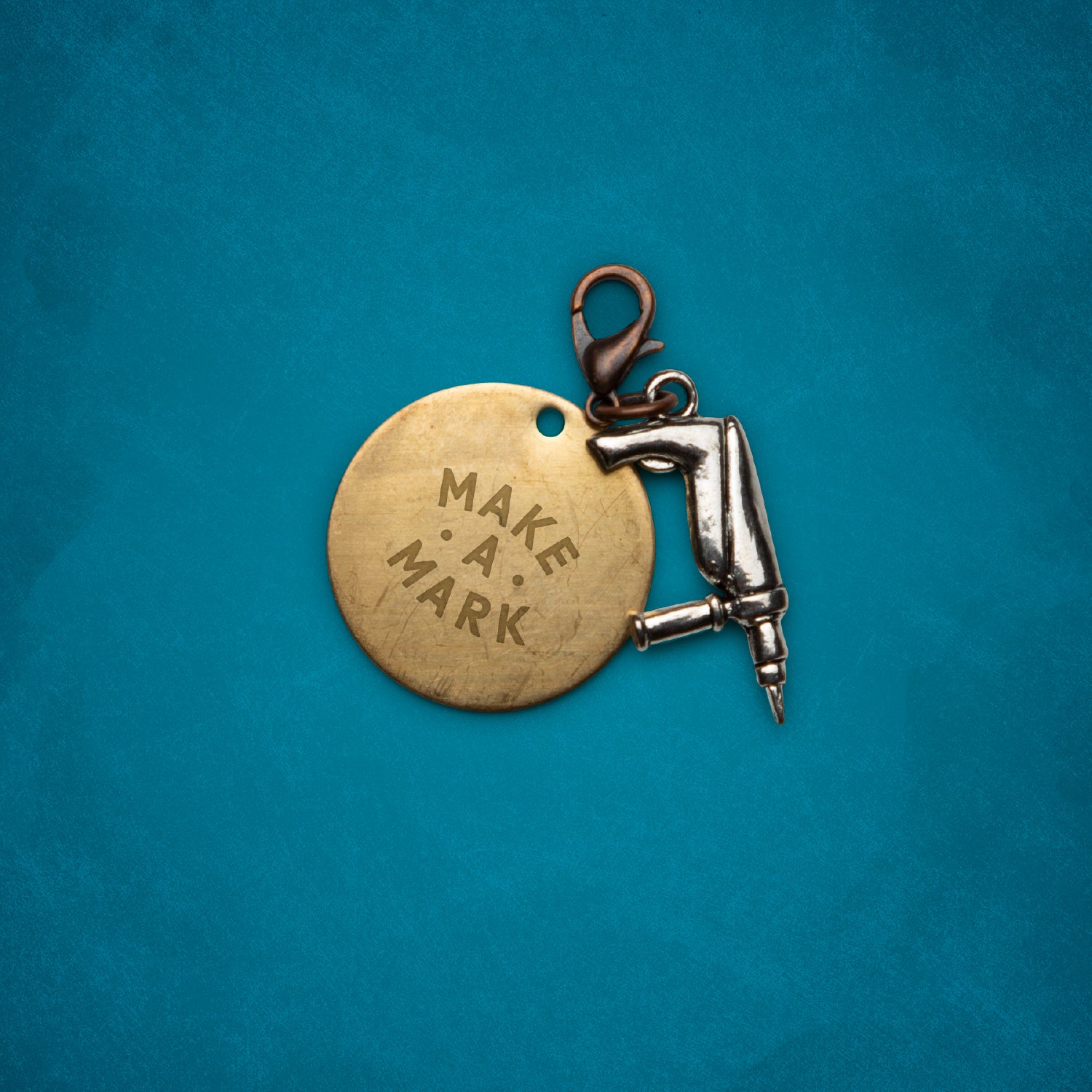Confidence means believing in yourself. Learning to believe in one’s self is an important life lesson. This lesson gives a real-life example of women who stepped into their confidence at a time of war. It helps girls understand the importance of confidence and how to incorporate the character trait into their lives and relationships.
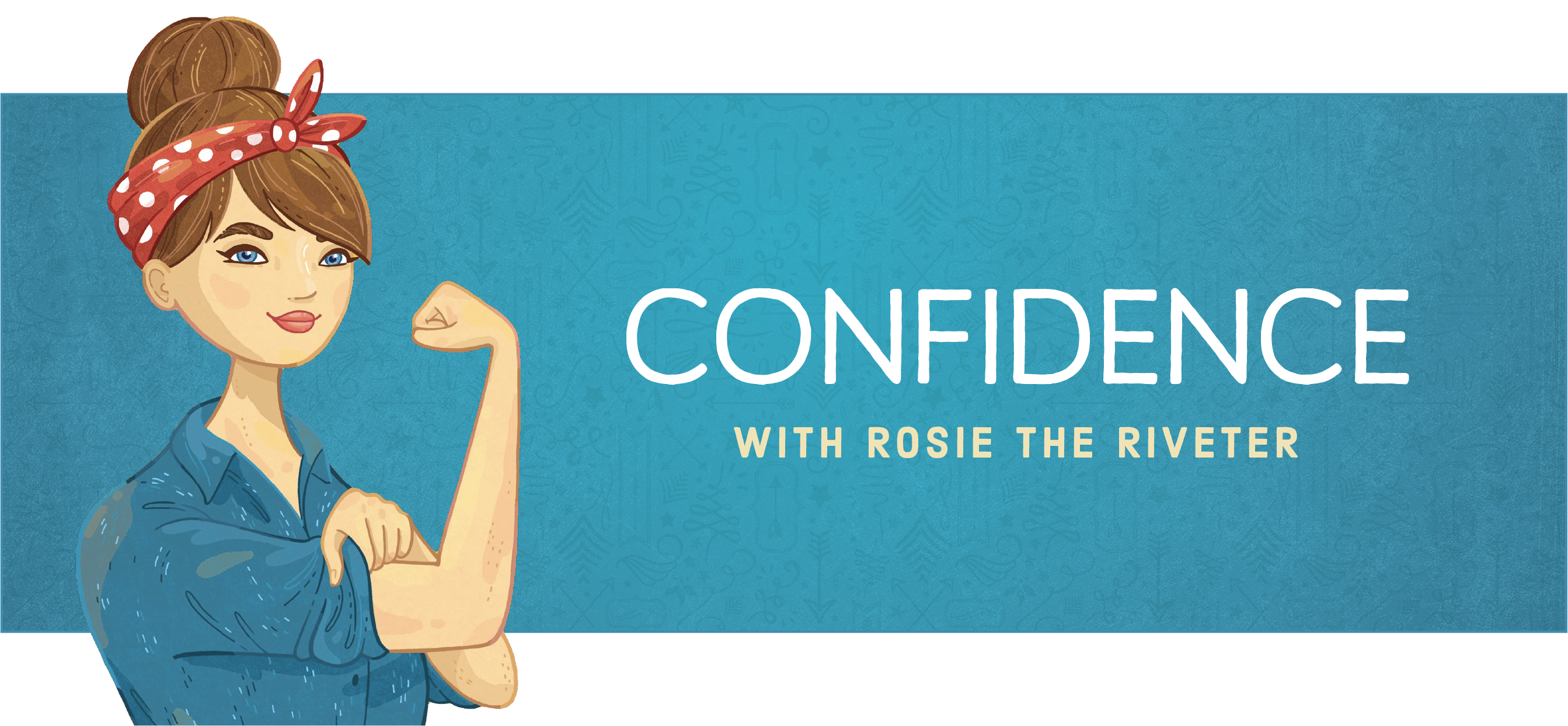
Section One
Preparatory Reading
INTRODUCTION FROM HEATHER STARK: WHY ROSIE THE RIVETER?
The message and theme of Rosie the Riveter is a classic lesson in the foundation of women's empowerment. Not only is it one of the few history lessons on WWII that involves women, but it also redefines the message regarding what girls should (or could) look, act and be like—even as it underscores the importance of using confidence to do things never before imagined.
Women are commonplace in the workforce today. However, today’s girls must understand that it took an impressive level of confidence for a woman in the 1940s to walk into a factory and say, “I want to build airplanes.” That WWII-era woman had to have known that, even though she’d never tried to build an airplane, she could build one. She had to have a level of grit to work in a man-dominated field that went against the very nature of everything previously expected of women. Then, in the end, she had to learn how to leave her job and watch a man replace her on the factory floor when the war was over without losing her hard-won sense of self-worth.
Rosie tells the story of women rising to support a nation as they built airplanes and became the backbone of our country while men (and many women) joined the global war. Everyone was learning, piece by piece, to do this new thing that the war required. And, while figuring out life and solving problems is a universal theme for men and women, doing so while being told to maintain your figure, lipstick and hair was a strict standard for women to meet on top of wartime stress. However, figuring out these same problems while realizing you don’t have to maintain your figure, lipstick and hair is empowerment. Rosie took all facets of the feminine life and empowerment, blended everything and created a straight-up woman rising.
The lesson of Rosie is that she is every woman. She represents every woman who loves to be graceful AND every woman who loves to build. She embodies every lady who loves makeup, every girl who loves leadership, every gal who loves to be tough. Rosie is all of us rolled into one powerful story. Rosie still is teaching our country and its sisterhood that girls can do and be whatever they want and that their worth is not determined by what jobs they do or how their work is done. Lipstick and worth do not go hand in hand; one does not take away from or add to the other. And, at the end of the day, once the job of building airplanes is done, a girl still has worth.
Rosie is the poster child for going outside one’s comfort zone and finding opportunities to succeed that never before were thought possible. The power of Rosie the Riveter is that her job didn’t exist until WWII, so the opportunity for this type of empowerment didn’t exist. Little girls in the ’30s may have dreamt of flying planes, but did they dream of building them? Did they realize that, in a time when they were told their place was in the home, they actually had the physical ability to make a machine that would fly? Did women realize that, by building these airplanes, they would help win a war? These are women rising. This is feminine power, and every girl needs to hear this story of women breaking a stereotype and doing it with grace and grit—a little poise mixed with a little “in your face, world!” attitude.
For once in her life, a woman was encouraged to get dirty and greasy and to wear the signs of her hard work as a badge of honor. A nation called out, “You can do it!” and a culture of women shouted back, “We know!” Rosie shows us that confident women know they can work outside their comfort zones. These women knew they could fly, even before being allowed the opportunity to build a plane… even before they were given the opportunity to DREAM about building a plane. Confident women are confident in their abilities.
Oh, goodness—this is the stuff all girls should know! This is the air we want them to breathe. Knowing the story of Rosie is knowing how confidence rises. It’s knowing that a woman can and will be this AND that at any point in our lives. To fly and build. To have hair brushed and to have a messy bun. To be feminine and to be greasy. This, all of this, is as vital as breath to the spirits of young girls rising.
This is a history lesson unlike any other. It’s a flight of confidence. Come aboard, girls; you can do it!
THE JOURNEY OF ROSIE THE RIVETER’S LIFE
The Rosie the Riveter campaign changed the course of empowerment for women. It opened the eyes of a nation to what women could, would and should be able to do with their lives.
1939
WWII started in Europe when Britain and France declared war on Germany.
1941
U.S. officially entered WWII.
1942
The War Manpower Commission organized a Women’s Advisory Committee to consider how women could be used to help the war efforts.
1942
Pittsburgh artist J. Howard Miller created the “We Can Do It” poster to motivate employees during wartime efforts. It was later adopted by the Rosie the Riveter campaign and took on the life we know today.
1943
Norman Rockwell’s iconic picture in The Saturday Evening Post, titled “Rosie the Riveter,” continued to fan the flames of patriotism.
1944
This campaign, along with many others, increased the number of women in the workforce at the end of 1941 from 13 million to over 20 million.
1945
WWII ended and, with it, 80,000 “Rosie the Riveters” lost their jobs to the men returning home and rejoining the workforce.
Rosie the Riveter's career was short-lived, but as anyone can tell, it made a huge impact on the outcome of WWII.
CHARACTER TRAIT: CONFIDENCE
Confidence is the foundation of life. It is the secret ingredient for everything and anything. Without it, today’s girls won’t have the internal motivation to set goals, dream possibilities, learn new things or make friends.
Every girl needs confidence. A life without confidence in oneself is a reactionary one with little celebration because little is achieved. When one is filled with feelings of inadequacy and self-doubt, jubilation at a reached goal rarely is experienced. The most disheartening realization in this confidence quest is that parents, teachers and role models can’t simply give girls confidence. Confidence is a gift the women of tomorrow must give to themselves. Confidence is a gift of self.
Although there have been many positive changes for women since Rosie’s time, a facet of culture still remains that seeks to erase their hard-won self-worth. So the girls of today need every available reminder to be confident and to keep working toward self-belief, even as they encourage other girls to do the same. It feels daunting because confidence isn’t just a goal that is reached and then marked off one’s to-do list. Confidence is a goal that needs to be maintained. Every day, sometimes several times a day, girls need to adjust their self-talk and remind themselves to believe in their worth and abilities. Keeping confidence is work. Sometimes it’s tiring work. Sometimes it’s “I don’t even want to try” work. All of this is even more of a reason to keep inspiring tomorrow’s leaders to work and maintain confidence.
Today’s girls have a wellspring of ways available to build their confidence. They can look to their women role models—teachers, family members, community leaders—who move through life decisively. They can read about and discuss ways to bolster self-esteem. Girls can try new things—perhaps picking up a new sport or learning a different skill. Making new friends is another great confidence booster. It’s also empowering for girls to stand up for their beliefs, work hard, volunteer and cheer others on. These things require a step forward in faith and confidence—with one step leading to the next until girls find they are moving forward with true assurance.
The most powerful feature about confidence is that it blossoms into so many other character traits. From confidence comes perseverance, vision, courage, selflessness, tenacity, wisdom, curiosity, devotion and authenticity. When women open the gates of confidence, they enable it to flow into the lives of others and feed the inspiration of other girls, growing leadership and trust among them. Confidence is the building block of empowerment for all girls.
This confidence lesson is intended to be a source of inspiration for girls who want to be bold and sure of themselves and to understand how confidence serves them. They can use confidence to do the hard work for them in many situations. It is one of the first skills women must master in life as they strive for independence and success. Confidence is grace and grit, gifted to her.
LESSON CONTENTS
Below are descriptions of each item we offer as part of the Confidence Theme. Depending on your purchase, some of these may not be applicable.
- Illustrated Portrait
- Our portrait gives life to each of our sets. Rosie's hair is pulled up in a bun, her eyes are set and that trademark bandana is tied just right. She is ready to face problems head-on. Her determination and confidence are rising for all to see. She appears to be waiting for someone to tell her, "No, girls can't do that," so she can prove them wrong.
- Activity Booklet
- The Activity Booklet highlights the importance of Rosie the Riveter during World War II. It highlights the confident women who joined the workforce supporting their country. The booklet includes six thought-provoking activities that guide the readers to apply Rosie's legacy to their lives. Girls will understand what confidence looks, sounds and feels like. More importantly, they will understand how to be their own best advocate.
- Biography
- The Biography provides an in-depth account of Rosie the Riveter’s purpose and impact during WWII. Readers will learn why the government turned to women to build war machinery, only to force them out of work once the war was over. The book also examines how our Rosies challenged stereotypes and the landscape of women in the workforce.
- Biography Workbook
- The Biography Workbook allows the reader to dive into the lessons Rosie's legacy teaches and apply them to their life. We took the same thought-provoking activities from the Activity Booklet and made them into a companion guide for the Biography. After completing the activities, girls will understand what confidence looks, sounds and feels like. More importantly, they will understand how to be their own best advocate.
- Timeline Poster
- The Timeline Poster introduces Rosie's purpose during World War II. One look at it, and the reader can easily spot the impact women had on the war. It highlights the creation of the campaign to get women into the workforce, women's accomplishments and their exit from the workforce after the war. The poster highlights women's achievements and how they changed the course of history.
- Play-It-Forward Cards
- Using the Play-It-Forward Cards allows your girls to generalize the lessons they have learned about confidence and Rosie the Riveter. By following the directions on the cards, they will acknowledge those instances where they see Rosie's confidence in themselves and others in their community. The Play-It-Forward Cards encourage girls to support one another by building and recognizing confidence in others. This is confidence in action, Rosie approved.
- Accessory
- The Accessory is a gift that reminds girls of Rosie the Riveter's "Can Do" spirit, her bandana. In true Grace & Grit fashion, the bandana had to be one of a kind. We took an iconic fashion statement and gave it a 21st-century makeover, turning it into an item your girls will want to wear, reminding them that they are meant to do great things.
- Charm
- The charm is a reminder of Rosie the Riveter's legacy. It symbolizes her belief in herself as she walks onto the factory floor each day. The G&G Charm is a round disc that reads "Make a Mark" with a riveter attached. It is a simple reminder that you can do hard things and leave an impact on the world. All you need is some confidence.


